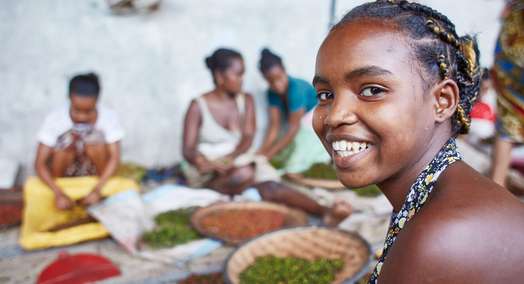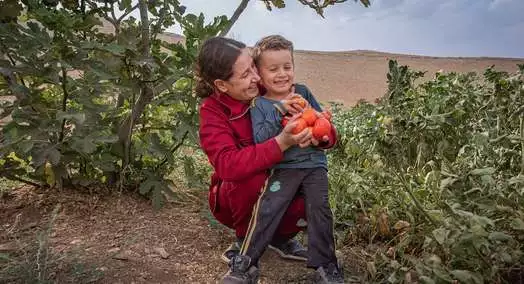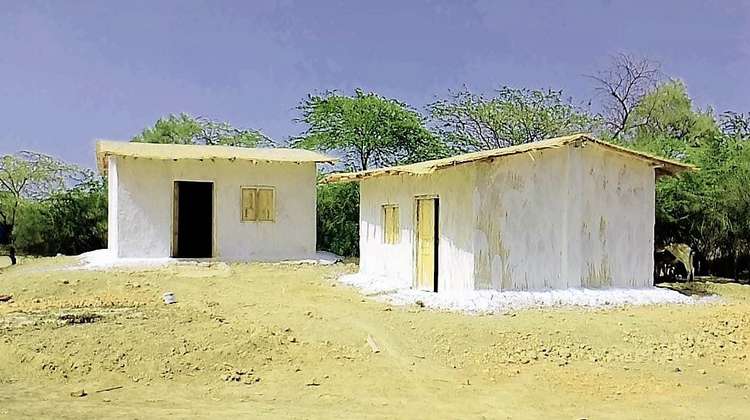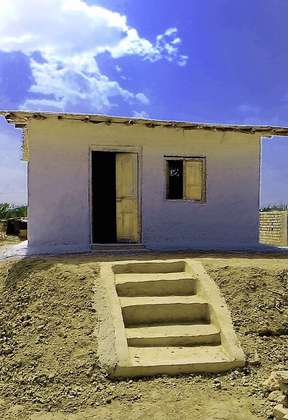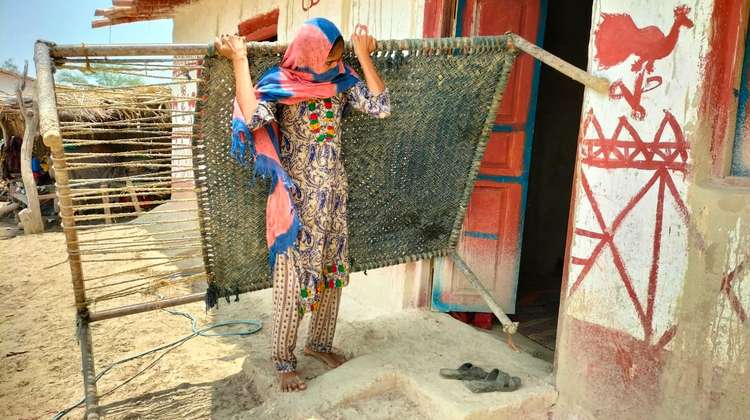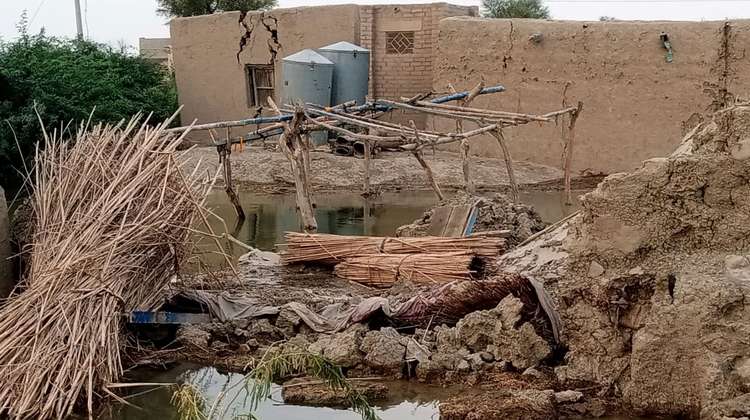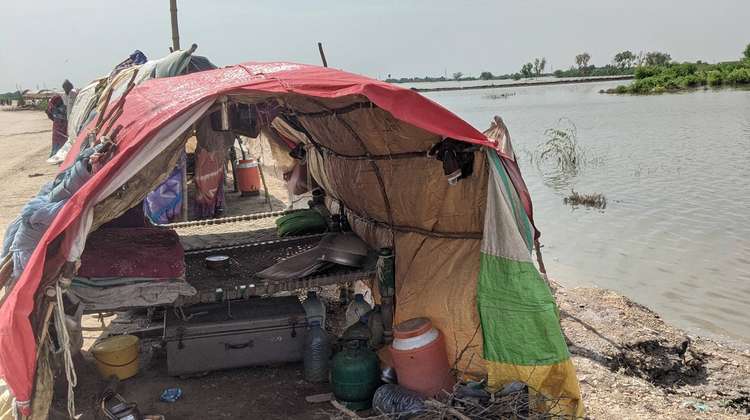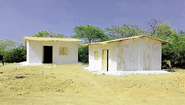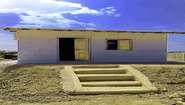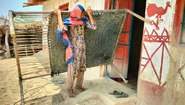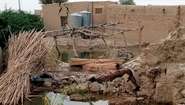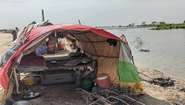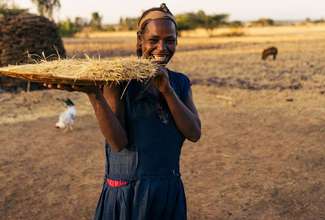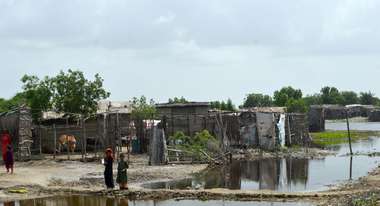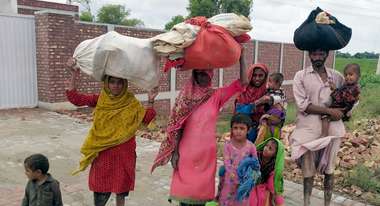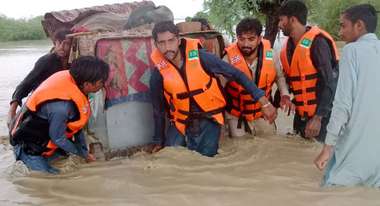A new start: after the flood in Pakistan
The water has gone, many problems remain: the help required for people to survive the aftermath of the flood of the century.
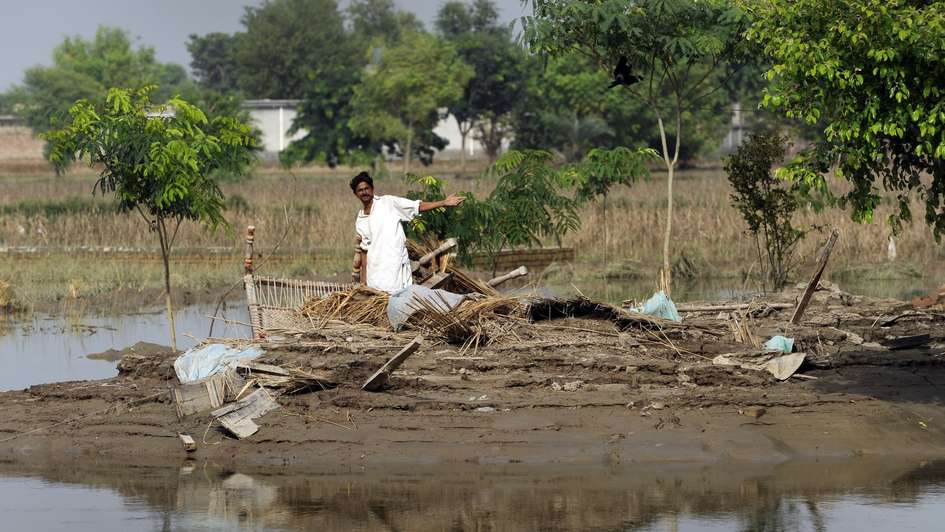
When the water came, Alam Chand and his family fled to the other side of the street. Powerless, they watched as the flood brought their house down. They camped in the open for a week before getting access to a tent. After a month, their property was free of the river, but they had nothing: the water had swept away all their belongings and supplies.
In the summer of 2022, the heaviest rainfall in 30 years led to a flood disaster in Pakistan that claimed more than 1,700 lives. 1.7 million buildings were destroyed or damaged, and 1.7 million hectares of farmland were devastated. In one form or another, 33 million people were affected by the disaster. It took months for the masses of water to drain away.
Emergency aid: Covering basic needs first
Food and drinking water, shelter and hygiene, medical care and financial support for a start – these are the people's most urgent needs and, therefore, the focus for the aid workers.
Together with several partner organizations, Welthungerhilfe (WHH) launched a broad-based aid project in October 2022 to help people in the hard-hit provinces of Balochistan and Sindh cope with the consequences of the floods.
Cash assistance for particularly hard-hit households alleviates the initial hardship. However, only some things can be bought in the disaster areas, so donations in kind, such as hygiene kits or jerry cans for transporting water, also play an essential role.
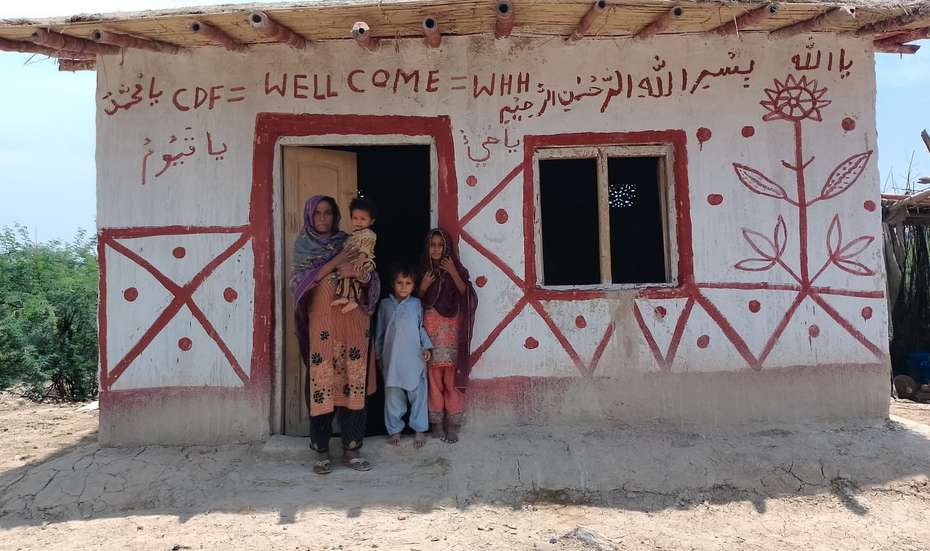
Knowledge is crucial in the disaster's aftermath
In information sessions and workshops, the project participants also learn how to maintain fundamental hygiene levels under such conditions and what they must pay attention to to protect their health. Another important topic of the training courses: How to deal with conflicts in stressful situations? Domestic violence against women and neglecting the needs of vulnerable groups – e.g., people with mental illness or disabilities – is a significant problem, especially in extreme situations.

Most of our family had stomach problems. But since we started drinking the filtered water, the taste of the water has improved and the stomach problems have decreased.
Alam Chand Farm laborer, 44Alam Chand's wife and daughter became infected with malaria when the stagnant water provided ideal breeding conditions for the disease-carrying mosquitoes. During health education sessions, the family learned about the connections and how best to protect themselves. For example, instead of using smoke to keep the insects at bay as they used to, they now use a mosquito net.
Climate-resistant shelters sturdier than mud houses
As the water recedes, rebuilding housing and infrastructure becomes increasingly important. WHH and its partners are repairing water pipes and helping to restore medical care by organizing transport to doctors and hospitals.
Local tradespeople built one-room houses as temporary shelters for homeless families. They are adapted to changing climatic conditions and are flood-resistant to a certain extent. They are built on a solid foundation base, so mortar holds them together, which becomes even stronger when wet. There are also plans to install robust solar panels that provide electricity without connecting to the grid.
Due to climate change, flood disasters are likely to occur more frequently than in the past. This increased frequency makes it all the more vital to improve infrastructure resilience and develop routines for dealing with flood events.
How we and our partners help people in the flooded areas of Pakistan
- We provide cash assistance to 17,000 households to meet urgent needs and give them a fresh start.
- We distribute vouchers to people needing medical assistance for travel to doctors and hospitals.
- We are funding the construction of 1,700 flood-resistant one-room transitional houses. This undertaking will enable local craftspeople to earn a living. We are procuring solar panels for the shelters.
- We are repairing or renewing 80 access points for drinking water.
- We aim to distribute 13,800 hygiene kits to households in need.
- We aim to hold hygiene workshops for about 14,000 people.
- We organize information events and training sessions on the topics of "violence against women" and "mental health".
